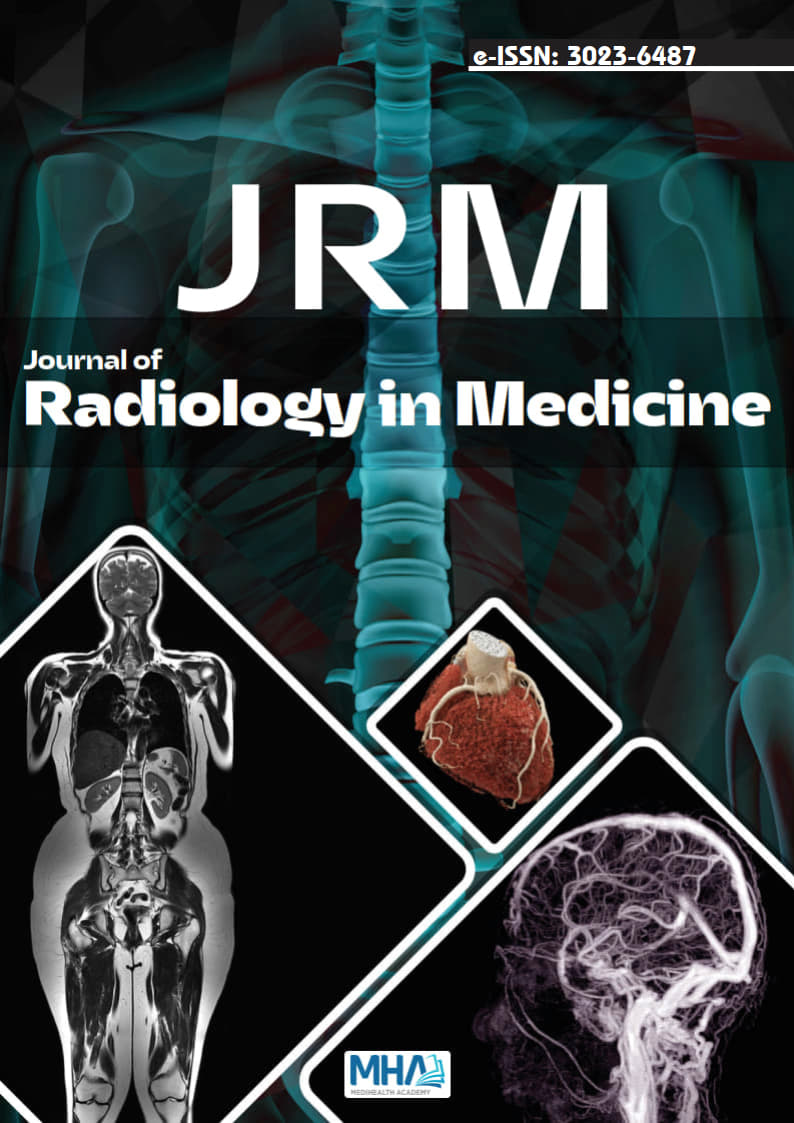1. Welten GM, Schouten O, Chonchol M, et al. Prognosis of patients with peripheral arterial disease. <em>J Cardiovasc Surg (Torino). </em>2009;50(1):109-121.
2. Bozkurt AK, Tasci,I, Tabak O, Gumus M, Kaplan Y. Peripheral artery disease assessed by ankle-brachial index in patients with established cardiovascular disease or at least one risk factor for atherothrombosis-CAREFUL Study: a national, multi-center, cross-sectional observational study.<em>BMC Cardiovasc Disord</em>. 2011;11(4):1-10.
3. Shammas NW. Epidemiology, classification, and modifiable risk factors of peripheral arterial disease. <em>Vasc Health Risk Manag</em>. 2007;3(2):229-234.
4. Ankle Brachial Index Collaboration, Fowkes FG, Murray GD, et al. Ankle brachial index combined with Framingham Risk Score to predict cardiovascular events and mortality: a meta-analysis. <em>JAMA</em>. 2008;300(2): 197-220.
5. Hirsch AT, Haskal ZJ, Hertzer NR, et al. ACC/AHA 2005 guidelines for the management of patients with peripheral arterial disease (lower extremity, renal, mesenteric, and abdominal aortic): executive summary a collaborative report from the American Association for Vascular Surgery/Society for Vascular Surgery, Society for Cardiovascular Angiography and Interventions, Society for Vascular Medicine and Biology, Society of Interventional Radiology, and the ACC/AHA Task Force on Practice Guidelines (Writing Committee to Develop Guidelines for the Management of Patients With Peripheral Arterial Disease) endorsed by the American Association of Cardiovascular and Pulmonary Rehabilitation; National Heart, Lung, and Blood Institute; Society for Vascular Nursing; TransAtlantic Inter-Society Consensus; and Vascular Disease Foundation. <em>J Am Coll Cardiol.</em> 2006;47(6):1239-1312.
6. Rooke TW, Hirsch AT, Misra S, et al. Management of patients with peripheral artery disease (compilation of 2005 and 2011 ACCF/AHA Guideline Recommendations): a report of the American College of Cardiology Foundation/American Heart Association Task Force on Practice Guidelines. <em>J Am Coll Cardiol</em>. 2013;61(14):1555-1570.
7. Laird JR, Katzen BT, Scheinert D, et al. Nitinol stent implantation versus balloon angioplasty for lesions in the superficial femoral artery and proximal popliteal artery: twelve-month results from the RESILIENT randomized trial. <em>Circ Cardiovasc Interv.</em> 2010;3(3):267-276.
8. Gouëffic Y, Torsello G, Zeller T, et al. Efficacy of a drug-eluting stent versus bare metal stents for symptomatic femoropopliteal peripheral artery disease: primary results of the EMINENT randomized trial.<em>Circulation.</em> 2022;146(21):1564-1576.
9. Caradu C, Lakhlifi E, Colacchio EC, et al. Systematic review and updated meta-analysis of the use of drug-coated balloon angioplasty versus plain old balloon angioplasty for femoropopliteal arterial disease. <em>J Vasc Surg.</em> 2019;70(3):981-995.e10.
10. Fernandez N, McEnaney R, Marone LK, et al. Predictors of failure and success of tibial interventions for critical limb ischemia. <em>J Vasc Surg</em>. 2010; 52(4):834-842.
11. Gür Ö, Donbaloğlu MO, Gürkan S. Comparison of drug eluting balloon versus standard balloon results in patients with below knee peripheral artery disease. <em>Düzce Tıp Fak Derg/Duzce Med J.</em> 2018;20(3):73-76.
12. Conrad MF, Kang J, Cambria RP, et al. Infrapopliteal balloon angioplasty for the treatment of chronic occlusive disease. <em>J Vasc Surg.</em> 2009;50(4):799-805.

